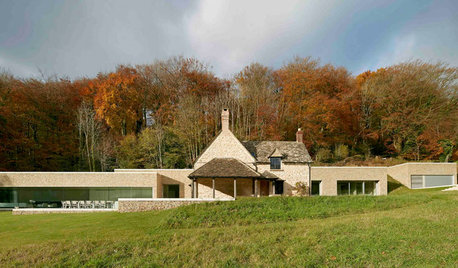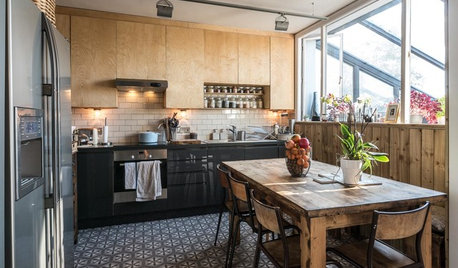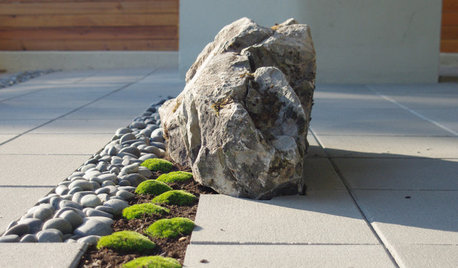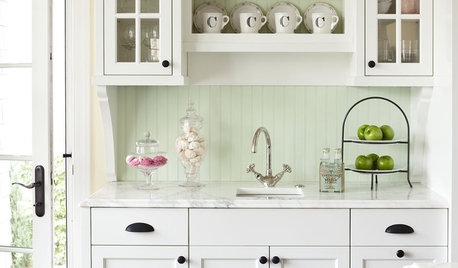Phlox mix---two old varieties
weedyseedy
10 years ago
Related Stories

REMODELING GUIDESOld and New Make for a Jolly Good Mix in England
Give an 18th-century country cottage a contemporary addition, and what do you get? A surprisingly cohesive-looking home
Full Story
GARDENING GUIDES6 New Plant Varieties That Beat Out Their Parents
With better resistance and fewer demands, these garden beauties are worth a spot on your wish list
Full Story
KITCHEN DESIGNA Two-Tone Cabinet Scheme Gives Your Kitchen the Best of Both Worlds
Waffling between paint and stain or dark and light? Here’s how to mix and match colors and materials
Full Story
PATTERNMix Pillow Patterns Like a Pro: 17 Foolproof Themes
Toss together one of these helpful pattern mixes for a sofa, chair or bed bursting with liveliness
Full Story
LANDSCAPE DESIGNDare to Mix Things Up in the Landscape
Courageously contrast plantings, materials and structures in your garden to create unexpected beauty and intrigue
Full Story
KITCHEN DESIGNHow to Mix Metal Finishes in the Kitchen
Leave matchy-matchy to the catalogs and let your kitchen's personality shine with a mix of metals for hardware and fixtures
Full Story
LIGHTINGMix Your Lamp Styles for Major Interest
Unpair those light fixtures for unrivaled personality and appeal. Here’s how to do it right
Full Story
KITCHEN DESIGNNew This Week: 2 Kitchens That Show How to Mix Materials
See how these kitchens combine textures, colors and materials into a harmonious whole
Full Story
KITCHEN DESIGNKitchen of the Week: Cooking for Two in Ontario
Three small rooms become one large kitchen, so an Ottawa couple can cook side by side and entertain
Full Story






zen_man
weedyseedyOriginal Author
Related Professionals
Oconomowoc Landscape Architects & Landscape Designers · Surprise Landscape Contractors · Downey Landscape Contractors · La Mirada Landscape Contractors · La Grange Carpenters · Maple Valley Carpenters · Bonney Lake Fence Contractors · Brooklyn Fence Contractors · Channahon Fence Contractors · Charlotte Fence Contractors · Citrus Heights Fence Contractors · Columbia Fence Contractors · Lexington Fence Contractors · San Mateo Fence Contractors · Angleton Fence Contractorszen_man
weedyseedyOriginal Author
samhain10 - 5a
zen_man
samhain10 - 5a
zen_man
samhain10 - 5a
zen_man
samhain10 - 5a